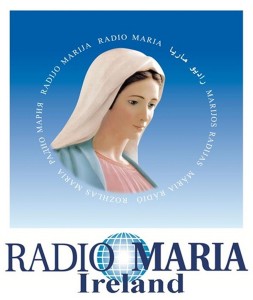The Church of the Gesù
We concluded the first day of our Pilgrimage with our now customary visit to the Church of the Holy Name, The Gesù. Having visited the Church of Sant'Ignazio it is only a few minutes walk down through the Piazza del Collegio Romano and down the famous Via della Gatta to the other main Jesuit Church in the City, where St. Ignatius lived in the attached House of the Professed, and where he is buried in the beautiful side Altar that is the focus, each evening at 5.30 p.m., of the ceremony of light and music and Scripture and Prayer, the Macchina barocca. We made it in good time to enjoy the prayerful atmosphere of the Church in fading autumn light, to pray before the High Altar of the Holy Name, at the Chapel of the Madonna della Strada and the Chapel of the Sacred Heart where the Blessed Sacrament is reserved. There are many echoes between Sant'Ignazio and the Gesù, particularly in the mirroring of the two main transept Altars, St. Ignatius in the Gospel-side and the arm of St. Francis Xavier in the Epistle-side. Once again, the nave ceiling is a riot of baroque decoration but, in the case of the Gesù, it is more unconventional. We are not only seeing the Heavens, as it were, through the frame of an open ceiling, but now the celestial (and infernal!) figures are in three dimensions and falling out of the frame and into our dimension.
After experiencing the Macchina barocca we returned to the Istituto Maria Santissima Bambina for Vespers of the Little Office of the Immaculate Conception and Benediction of the Blessed Sacrament.
The Feast of Saints Gervasius and Protasius
-
The feast of the two Milanese brothers and martyrs Ss Gervasius and
Protasius is kept on June 19 in the Ambrosian Rite, although this year it
is translated...
50 minutes ago










































































































